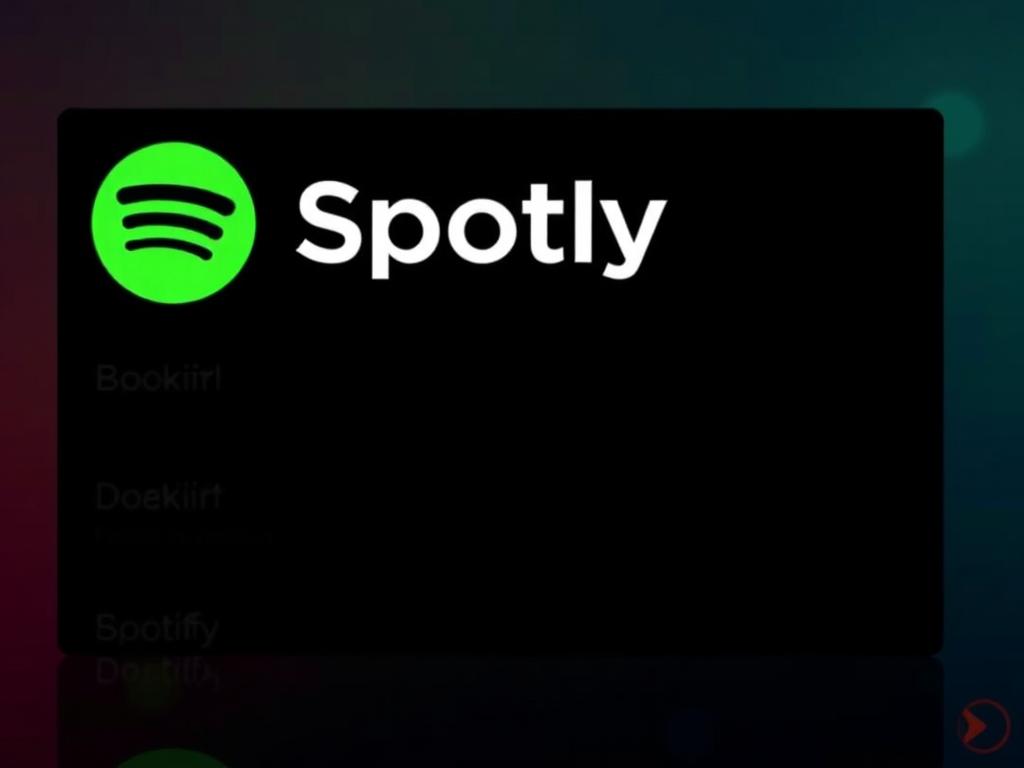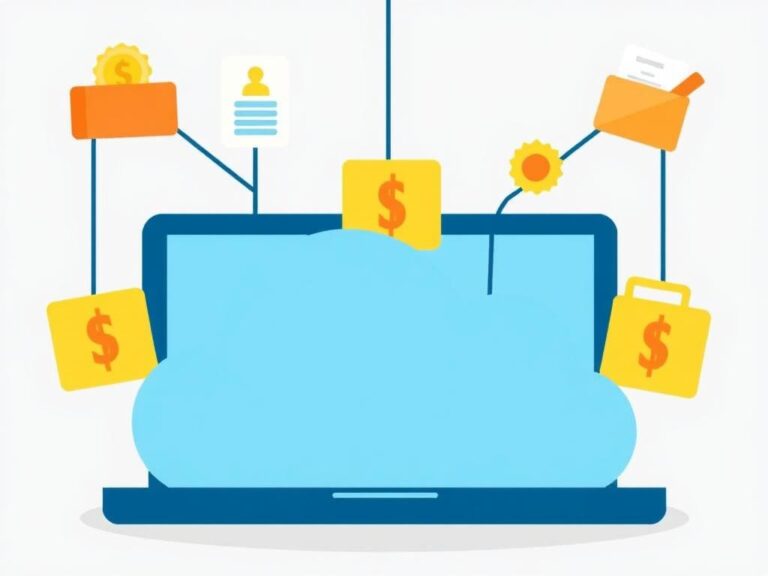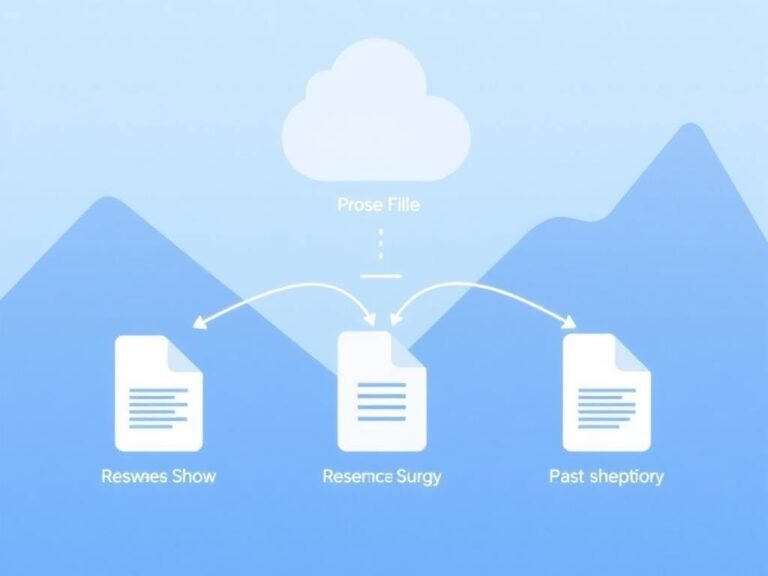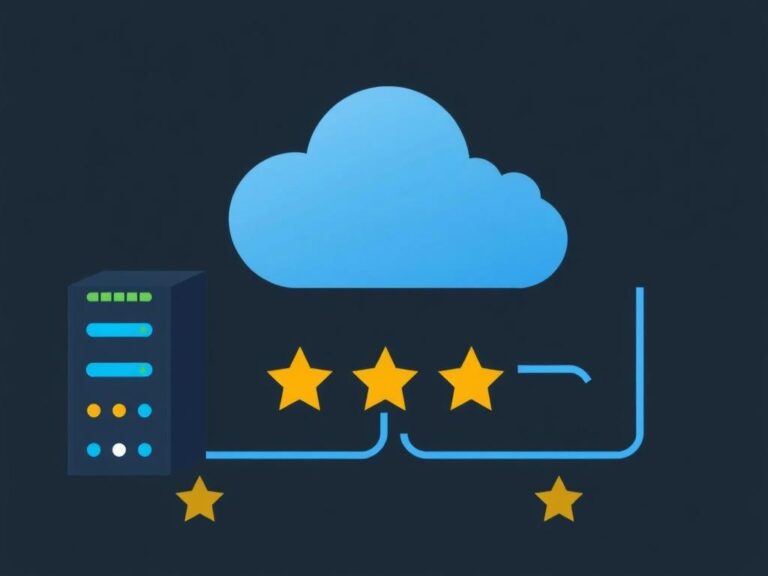Spotify’s Early P2P Architecture and Why They Moved Away
Spotify, the world’s leading music streaming service, has transformed the way millions enjoy music daily. But behind the sleek and seamless listening experience lies an intriguing story of technological evolution. In its early days, Spotify relied heavily on a peer-to-peer (P2P) architecture to deliver music to users. This approach was not only innovative but also crucial in handling the explosive user growth and streaming demand back then. However, as the platform scaled and user expectations grew, Spotify moved away from P2P towards a more centralized content delivery system. In this article, we will dive deep into Spotify’s early P2P architecture, exploring the “why” behind it, the benefits it offered at the time, and the reasons that led the company to switch gears.
Understanding Spotify’s Early P2P Architecture
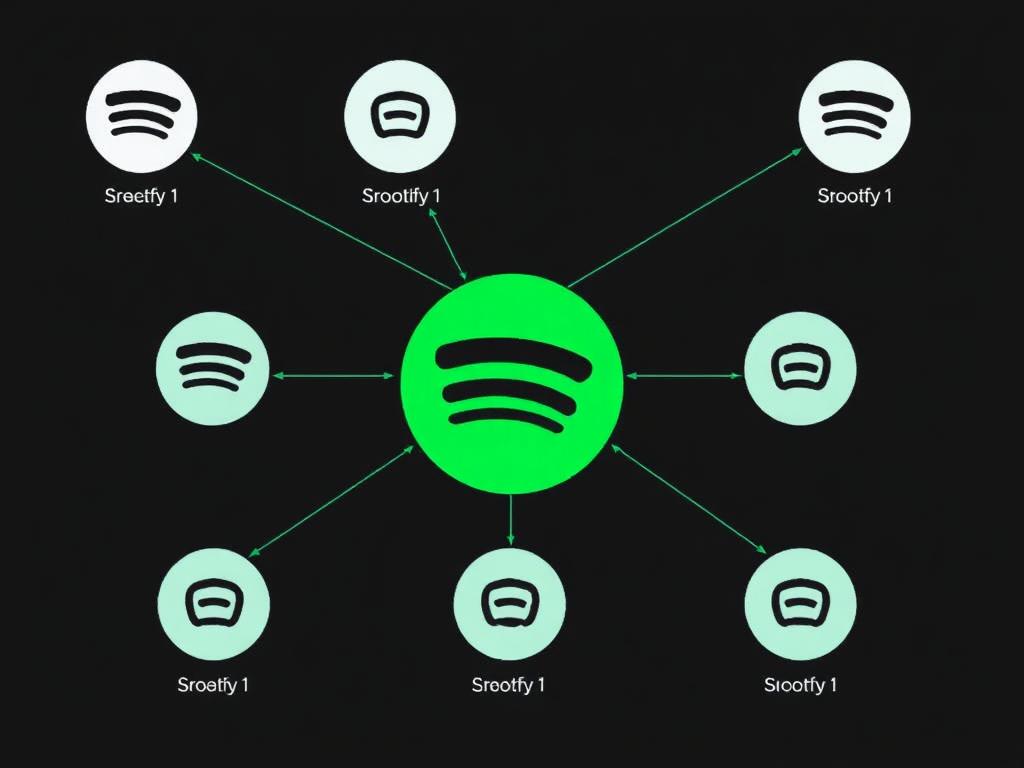
When Spotify launched in 2008, streaming infrastructure was still in its infancy. The company faced a significant challenge: how to deliver millions of songs to users worldwide without ballooning infrastructure costs. Traditional content delivery networks (CDNs) were expensive, and the technology for high-quality streaming at scale was limited. Spotify’s solution was to use a peer-to-peer system where users’ devices shared music files directly with each other. This kind of decentralized sharing dramatically reduced Spotify’s reliance on expensive servers.
Imagine hundreds or thousands of Spotify users all playing their favorite songs. Instead of everyone pulling the data from a central server, your computer could receive parts of the song from several nearby users who already had that track buffered. This innovative approach mimicked early file-sharing systems like BitTorrent but was carefully designed for legal music streaming, ensuring that rights holders were compensated appropriately.
Using P2P, Spotify could manage load distribution more effectively. The more users played certain tracks, the more copies of the data were available on the network, easing the strain on central servers. This helped deliver better music quality with lower latency and fewer buffering interruptions in an era still defined by slower internet connections.
Key Features of Spotify’s P2P Approach
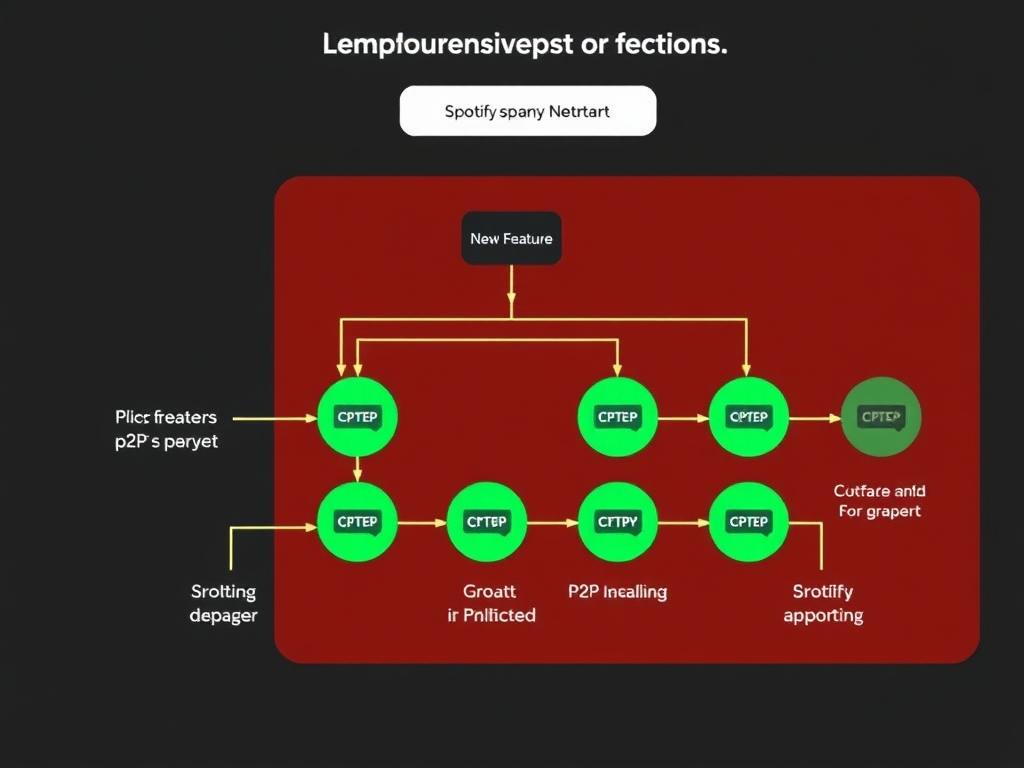
To get a better sense of how the system worked, here’s a breakdown of Spotify’s P2P mechanics:
- Decentralized Streaming: User devices acted as mini-servers, sharing track data with each other.
- Content Chunking: Songs were broken down into small chunks, allowing simultaneous downloads from multiple sources.
- Encryption and Rights Management: Connections were encrypted, and usage data was tracked to ensure artists were paid.
- Dynamic Peer Selection: Spotify’s client software intelligently chose peers based on network speed, proximity, and availability.
Advantages of Using P2P in Spotify’s Early Days
The P2P foundation was a game-changer for Spotify in many respects. It helped the startup grow rapidly and kept operating costs manageable, a crucial factor in maintaining the free tier of their service alongside premium subscriptions.
| Advantages | Explanation |
|---|---|
| Cost Efficiency | Reduced server load and bandwidth costs by offloading traffic to user devices. |
| Improved Scalability | As more users joined, the network capable of sharing music expanded organically. |
| Reduced Latency | Local P2P connections often provided faster streaming with fewer interruptions. |
| Resistance to Outages | The decentralized nature meant failures in some nodes wouldn’t collapse the entire network. |
From the user’s perspective, this meant smoother playback experiences, even when internet infrastructure was patchy or bandwidth-limited. The ability of peers to share content made Spotify one of the most resilient platforms at the time, fostering rapid adoption and positive word-of-mouth.
Challenges of Spotify’s P2P Architecture
Despite its clear benefits, P2P was not without drawbacks. As Spotify’s user base grew into the tens of millions and expanded into more countries, certain challenges became more pronounced.
- Network Dependence: P2P performance heavily depended on the availability of local peers. In less populated regions or during off-peak times, fewer peers were available to share content, leading to degraded streaming quality.
- Security Concerns: Despite encryption, some users and rights holders worried about vulnerabilities inherent to peer-to-peer file sharing.
- Complexity of Maintenance: Managing a distributed network of millions of devices with varying connection quality, hardware, and software conditions introduced significant engineering challenges.
- Regulatory and Licensing Issues: Some regions had stricter content delivery regulations, complicating compliance in a decentralized network.
Furthermore, with rising expectations for immediate, high-quality playback and the growing prevalence of mobile devices with limited bandwidth or battery restrictions, relying on a P2P architecture became increasingly impractical.
Reasons Why Spotify Moved Away from P2P
By 2014, Spotify began transitioning away from its original peer-to-peer model towards centralized content delivery networks, often collaborating with traditional CDNs. This shift was driven by a variety of strategic, technical, and business reasons.
Scalability and Consistency
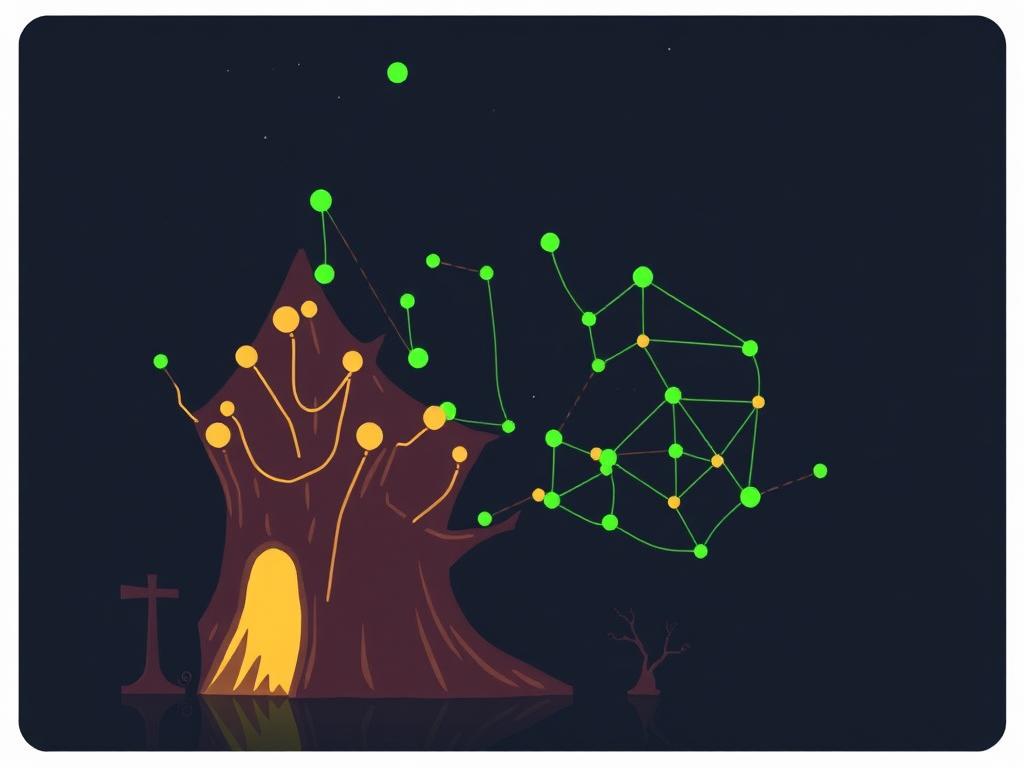
Centralized networks allowed Spotify to guarantee consistent streaming quality regardless of geographical or network disparities. CDNs are designed to serve high volumes of requests efficiently, providing predictable availability and reducing buffering for users around the globe.
Control and Security
Operating centralized servers improved Spotify’s control over its content distribution. This meant they could better secure the music files, monitor usage analytics in real-time, and ensure compliance with music licensing agreements. The distributed nature of P2P made some of these tasks complex and risk-prone.
Improved User Experience on Mobile Devices
With mobile streaming becoming dominant, battery life and data usage became paramount concerns. P2P sharing strained user devices with constant network activity, potentially degrading battery performance and increasing data consumption. Using CDNs offered a more device-friendly approach.
Corporate and Licensing Pressures
Music licensing agreements continually evolve, often requiring tighter controls over content distribution channels. Centralized delivery networks made it easier for Spotify to comply with regional licensing rules and legal requirements, reassuring both content owners and regulators.
Technological Maturation
By the mid-2010s, broadband internet speeds had increased, and CDN costs had dropped substantially. Spotify’s growing revenues and user base could now justify investing in more robust server infrastructure that could deliver superior performance without relying on a distributed network of user devices.
A Side-By-Side Comparison of P2P vs Centralized Delivery
To clearly see the distinctions that influenced Spotify’s strategic pivot, here’s a side-by-side comparison of key factors:
| Factor | Early P2P Architecture | Centralized Delivery |
|---|---|---|
| Cost | Lower infrastructure costs but complex client resource use. | Higher CDN costs but easier to predict and scale. |
| Scalability | Organic scaling with users but inconsistent. | Highly scalable with global reach and reliability. |
| Latency and Quality | Good locally, variable globally. | Consistent low latency worldwide. |
| Control and Security | Limited control, more complex security. | Full control, improved security and compliance. |
| User Impact | Uses user bandwidth and processing power. | Minimal impact on user devices. |
What This Evolution Means for Users Today
Spotify’s move from P2P to centralized streaming reflects broader trends in the streaming industry. While P2P was a brilliant solution that enabled Spotify to launch and grow rapidly during the early days of online music, the demands for higher quality, regulatory compliance, and enhanced user experience have made centralized delivery the industry standard.
Today, Spotify users enjoy lightning-fast access to millions of tracks without worrying about connection quality or their device’s involvement in sharing data. Features like offline downloads, personalized playlists, and real-time recommendations depend on Spotify’s robust infrastructure, which wouldn’t be feasible with a P2P model.
Emerging Technologies and the Future
Even though Spotify abandoned P2P, the concept remains relevant in other areas of technology and media distribution. Innovations in blockchain, decentralized streaming, and edge computing hint at future architectures where decentralized principles might resurface, but likely balanced with centralized oversight.
Spotify’s journey from a P2P pioneer to a centralized streaming giant highlights the dynamism of tech strategies — where the best solution evolves as technology matures, user needs change, and business contexts shift.
Conclusion
Spotify’s early peer-to-peer architecture was a vital stepping stone that enabled the company to disrupt the music streaming landscape affordably and at scale. It ingeniously leveraged users’ devices to share music data, reducing server costs and improving initial scalability. However, as Spotify’s user base exploded and expectations for reliability, security, and seamless mobile experiences increased, the limitations of P2P became apparent. Moving to centralized content delivery networks allowed Spotify to provide consistent high-quality streams, maintain tighter control over licensing and security, and better serve a diverse global audience. This architectural evolution underscores how tech giants must adapt their infrastructure strategies to remain competitive and innovate continuously, forging paths that respond to technological progress and market demands alike.
